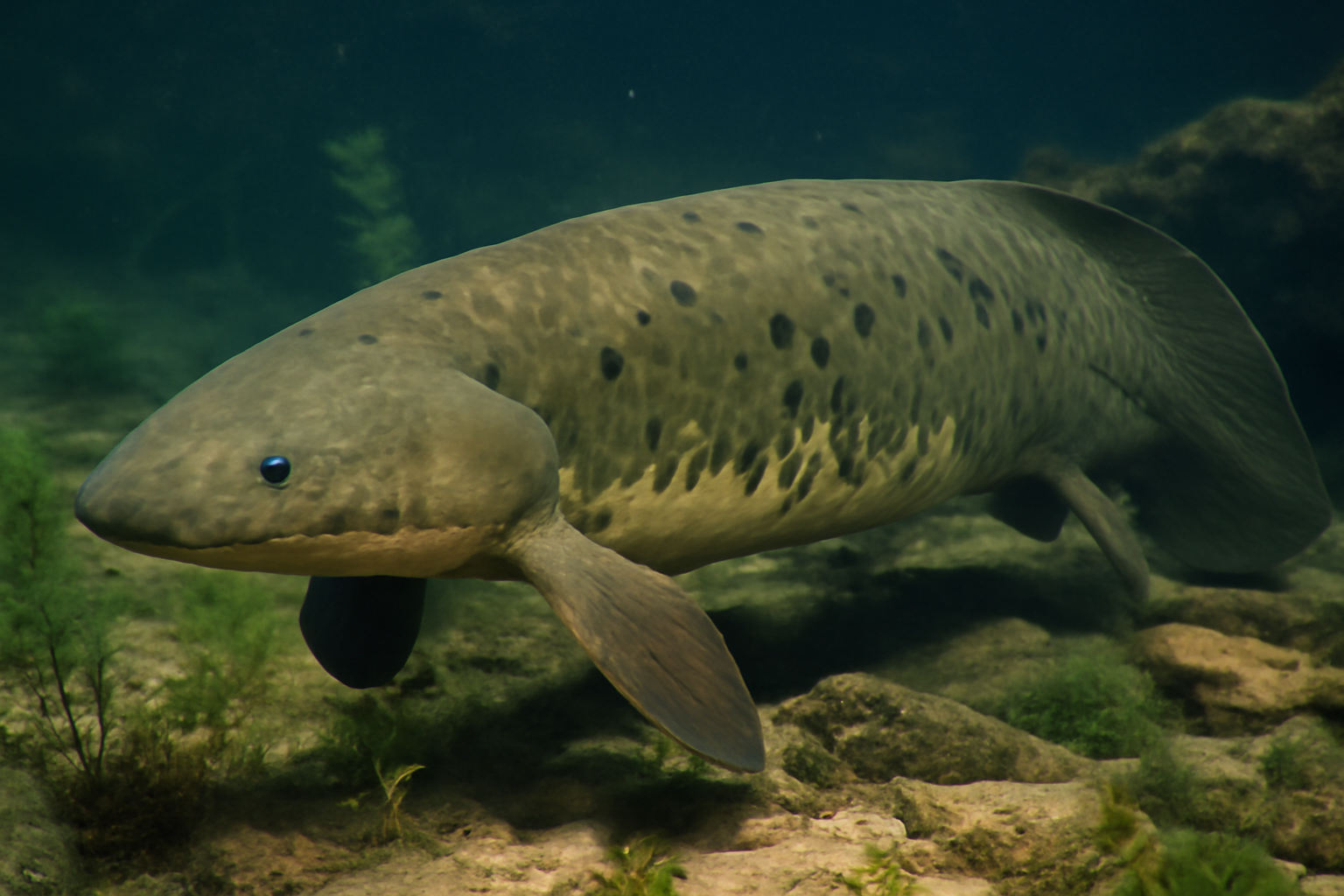Australian Lungfish [Neoceratodus]
Description
Neoceratodus is the only existing genus within the family Ceratodontidae, known for the single species Neoceratodus forsteri, commonly referred to as the Australian lungfish. This genus is distinctive for its ancient lineage, having existed since the Lower Cretaceous period. The Australian lungfish is notable for its ability to breathe air using a single lung, in addition to gill breathing. This species is adapted to a variety of freshwater habitats in Australia, including rivers, still waters, and floodplains. The Australian lungfish has a large, elongated body, reaching up to 1.5 meters in length, and is characterized by its large scales and paddle-like fins. It is a slow-moving, primarily nocturnal creature that feeds on aquatic plants, although it can also consume invertebrates and small fish. The conservation status of Neoceratodus forsteri is currently listed as vulnerable, due to habitat degradation and water quality issues.
Species

Australian Lungfish [Neoceratodus forsteri]
View DetailsTaxonomy
| Phylum |
Chordates
Chordata
|
|---|---|
| Class |
Lobe-Fin Fish
Sarcopterygii
|
| Order |
Lungfishes
Dipnoi
|
| Family |
Australian Lungfish
Ceratodontidae
|
Statistics
- Species 1